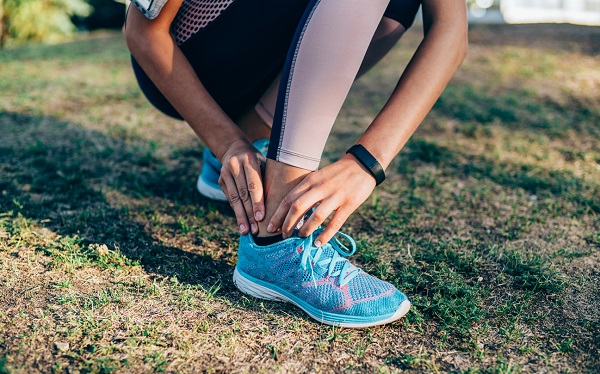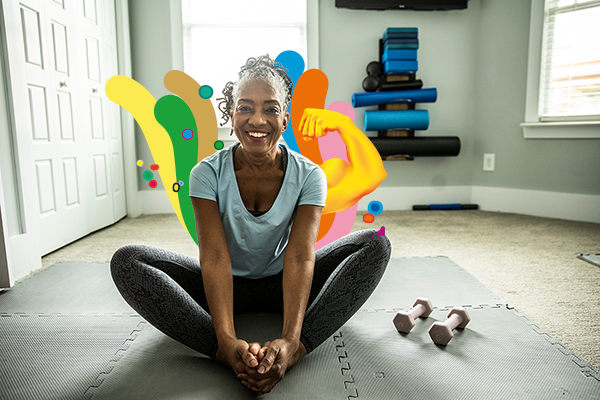Did you know the concept of walking ‘10,000 steps a day’ originated in Japan? Interestingly, the challenge was first created to sell step counters in the lead up to the Tokyo Olympics in 1964, although there was no real evidence to support this target at the time. Nonetheless, several studies since have found that increasing your step count each day is an excellent way to improve and maintain your overall health.
What are the health benefits?
In need of some extra inspiration to reach for your walking shoes today? The long list of health benefits is impressive! Stepping out on a 30-minute walk each day can increase cardiovascular fitness, strengthen bones, reduce excess body fat, and boost muscle power and endurance. It can also reduce your risk of developing conditions such as heart disease, type 2 diabetes, osteoporosis and some cancers. And it’s not just your body that benefits – the way you think and feel changes too. Moderate exercise such as walking can put you in a better mood, improve concentration, and help manage and soothe anxiety and stress. Plus, it can even enhance your outlook on life by boosting your confidence and self-esteem over time.
If you find it’s too difficult to walk for 30 minutes in one session, start with regular, small bouts (10 minutes or so) throughout the day and gradually build up to longer sessions. Remember 'even a little is good, but more is better'.
What does 10,000 steps look like?
Ten thousand steps equates to about eight kilometres, or an hour and 40 minutes walking, depending on your stride length and walking speed. But that doesn’t mean you have to do it all in one walk. You will naturally accumulate steps through your day-to-day activities, but to reach the 10,000-step goal, you will likely need to do a 30-minute walk (or the equivalent in other exercise) as well.
Every little bit counts throughout the day – you could walk part of the way to work, take a stroll at lunchtime, have a walk-and-talk coffee meeting, walk to the supermarket instead of driving, or take the dog out for a play in the park in the evening.
For other forms of exercise, 10,000 Steps suggests counting things like swimming, going to the gym and playing tennis by converting them into steps as follows:
Moderate Intensity Activity
10 minutes of moderate intensity activity = 1,000 steps.
Moderate intensity activity causes a slight, but noticeable increase in breathing and heart rate. You should be able to maintain a conversation. Some examples of moderate intensity activity include:
- Swimming
- Cycling
- Horse riding
- Rowing
- Dancing
- Active gardening (e.g. mowing, raking and digging)
High Intensity or Vigorous Activity
10 minutes of high intensity activity = 2,000 steps.
High intensity activity makes you “huff and puff” and is where talking full sentences between breaths is difficult. Some examples of high intensity activity include:
- Circuit training
- Aerobics
- Brisk rowing
- Fast cycling
- Jogging
- Competitive sport (e.g. squash, football and netball)








